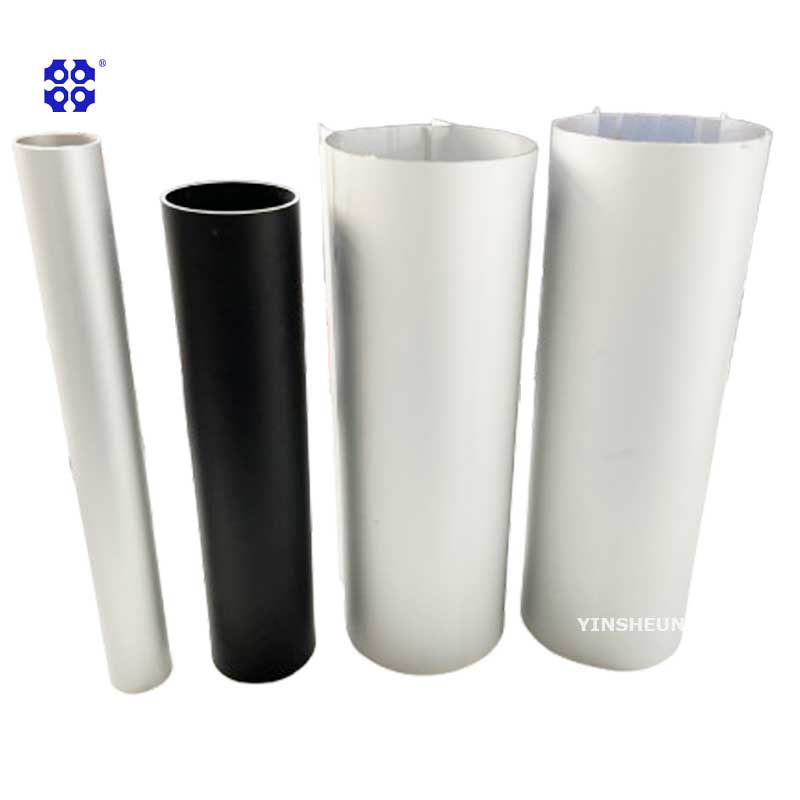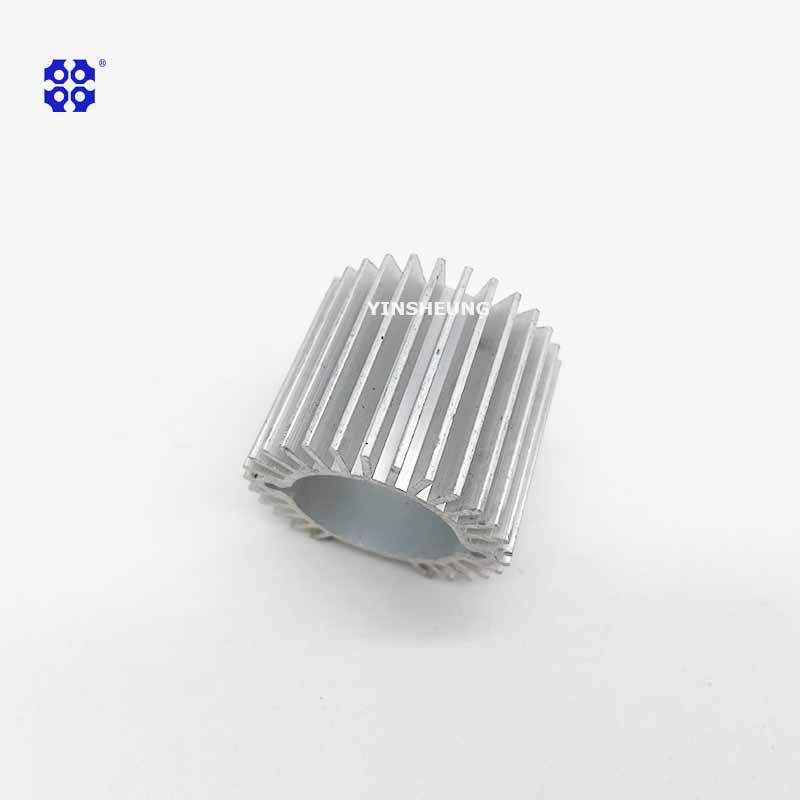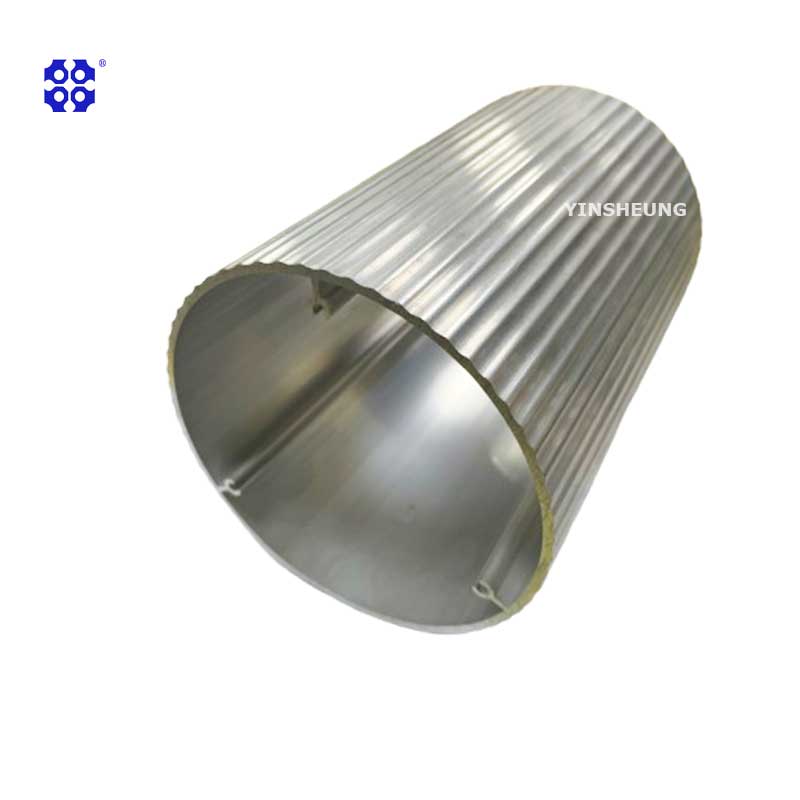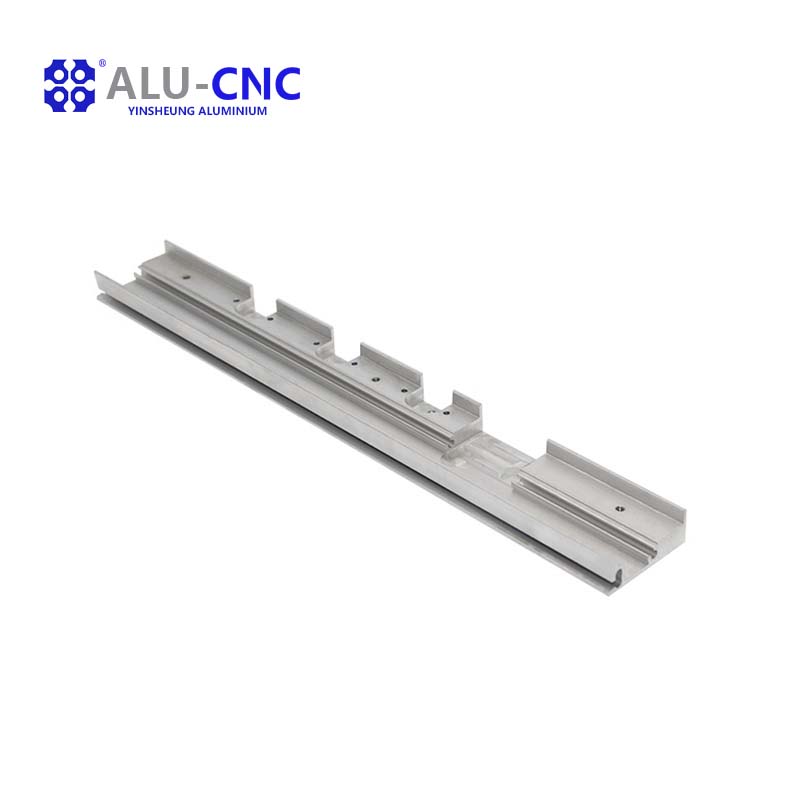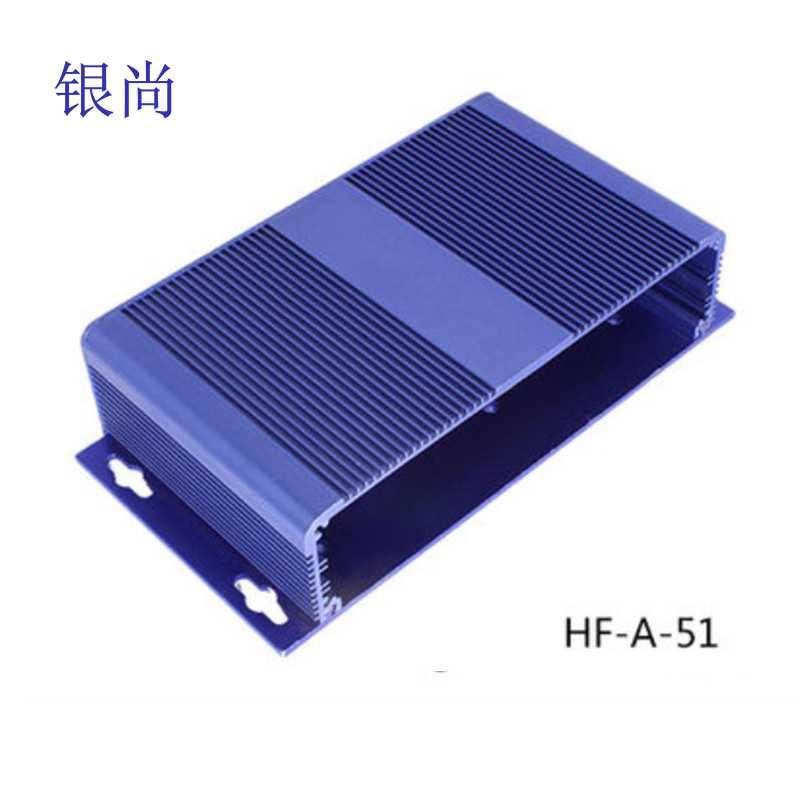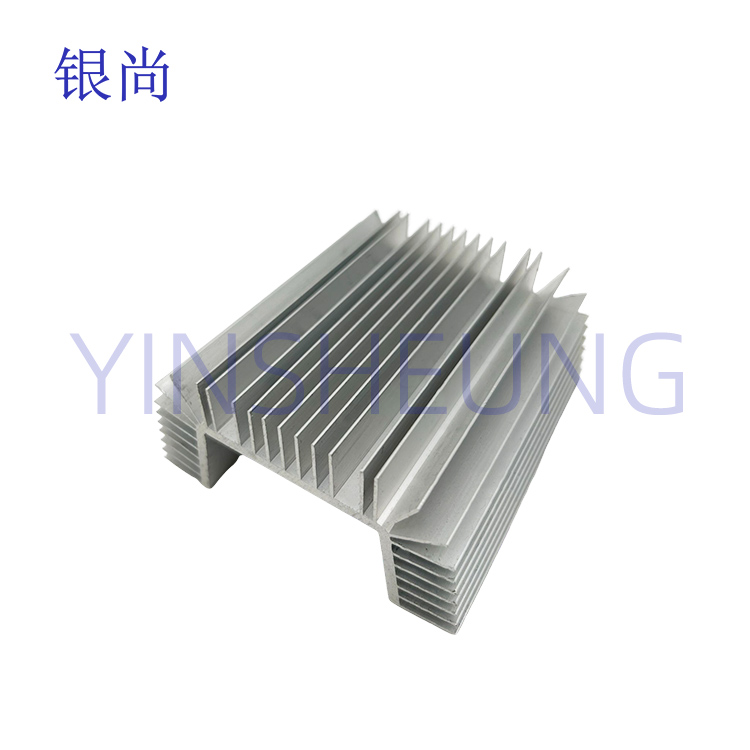Guideline
Recently, Karlheinz Zuerl, CEO of German Technology and Engineering Company (GTEC), published a sharp commentary article, directly pointing out Europe's self-indulgence and over-packaging in "industrial digitalization". He pointed out mercilessly: "Europe is obsessed with the illusion of Industry 4.0, while Asia has already moved towards true independent manufacturing."
We have sorted out the key points in this article to help you understand the deep roots of this "manufacturing perception gap".
01
China is rushing to Industry 5.0
Is Europe still reviewing 4.0?
In Europe, "Industry 4.0" is still a hot topic. Smart factories, robot collaboration, and equipment interconnection are still regarded as the core elements of manufacturing transformation.
At the same time, in China, South Korea, Japan and other places, some companies have quietly entered a stage with a completely different paradigm: not an extended version of 4.0, but a fundamental leap in system logic.
Machines no longer just execute commands, but begin to have judgment and adaptability. The system no longer waits for human scheduling, but actively understands changes, optimizes paths, allocates resources, and evolves itself.
Karlheinz Zuerl, CEO of German Technology and Engineering Company (GTEC), said: "Europe is still celebrating 'connectivity', while Asia is already exploring 'unmanned'." In this new stage, more and more Asian manufacturing companies have begun to practice.
02
From networking to autonomy
Manufacturing is entering another era
Many people think that Industry 5.0 is about connecting more devices and deploying more AI models, but the real change is not in "hardware upgrade", but a change in the underlying driving mechanism.
·Industry 3.0: Machines replace manpower
·Industry 4.0: Equipment networking and collaboration
·Industry 5.0: The system has judgment and adaptive capabilities
Industry 4.0 relies on flowcharts, while Industry 5.0 relies on system autonomous intentions. At this stage, the manufacturing system will take "minimum human intervention" as the goal to achieve self-determination of resource allocation, rhythm adjustment and path optimization.
Zuerl pointed out: "The real 'ghost factory' is not the spectacle of a dark factory, but a complex system that runs automatically without external instructions."
03
Data don't lie
Who is accelerating and who is spinning in place
Comparing global industrial robot data, we can clearly see the shift in the focus of the manufacturing paradigm:
In 2023, the world will add about 540,000 industrial robots, of which China accounts for 51%.
Europe accounts for only 17%, of which Germany's annual growth rate is only 7%
The global robot stock has reached 4.3 million, and China continues to lead.
This not only reflects the difference in investment scale, but also reveals the gap in the perception and speed of action of systemic change. Asian companies are using practical paths to verify Industry 5.0, rather than staying at the summary of 4.0 results.
Zuerl pointed out: "You can be a step slower in technology, but you cannot stand still in cognition and action."
04
Misunderstanding the "connection rate"
will miss the real entrance to system intelligence
The German Industry Association reported that 65% of German manufacturing companies have "deployed Industry 4.0".
But Zuerl poured cold water on this: "A printer connected to WLAN is also considered a smart device? Then what is the significance of this statistic?"
Real smart manufacturing does not lie in "devices going online", but in whether the system has independent closed-loop perception, judgment and execution capabilities. When the "connection rate" is misunderstood as the core of smart manufacturing, the truly important system reconstruction is ignored.
Image
05
BMW has robots, Tesla has system architecture
The difference in manufacturing thinking
Take automobile manufacturing as an example, the gap is particularly obvious:
·BMW Dingolfing plant: new cars can drive to the inspection area autonomously, but rely on the external sensor network deployed throughout the site
·Tesla Fremont plant: the whole vehicle can be autonomously scheduled and routed without external guidance from the production line to the factory
This is not just the difference between "updated technology" and "old system", but whether the system is born for autonomy.
Zuerl observed: The production system of some emerging car companies in China is also close to 5.0 logic, and the core feature is the system awareness of "self-learning" and "adaptation".
06
APT is not a "digital twin"
but a "digital brain"
Asia Manufacturing is ushering in a new system species: APT (Autonomous Production Twins).
It is not to move the factory into the digital world, but to give the "digital factory" judgment and execution.
APT can do the following:
·Read hundreds of equipment parameters in real time
·Detect anomalies within 1 second and predict the impact
·Automatically reschedule production plans
·Deploy resources, adjust rhythm, and trigger remote maintenance
In a leading auto parts factory, the APT system can readjust the robot trajectory and process arrangement at the moment of detecting equipment errors, and the production line no longer relies on human intervention.
The essence of APT is not a twin, but a "system digital brain". It enables the production system to have the ability to "see itself, schedule itself, and optimize itself" - this is becoming the new baseline for Asian manufacturing.
07
Industry 5.0 is not a show of skill
but a cost structure revolution
GTEC pilot data shows that Industry 5.0 can bring:
·Cost reduction: up to 25%
·Efficiency improvement: upper limit of about 30%
·Error rate reduction: up to 40%
This is not just "reducing operators" or "improving single-point efficiency", but the profit structure reconstruction of enterprises after moving from "process-driven" to "system-driven". When AI and automation are no longer plug-in functions, but become part of the operating system, the resource structure and decision-making mechanism of the entire enterprise will also evolve accordingly.
In the face of this wave, Zuerl's advice is unexpected but very realistic:
"It is recommended that European companies build a real unmanned test factory in Asia first, learn how to do it first, and then talk about how to replicate it."
Asia not only has cost advantages, but also has a unique environment of "high policy density, high resource elasticity, and high experimental tolerance", which provides a natural testing ground for Industry 5.0.
This is not "transfer manufacturing", but a preview of the future.
| Conclusion
The time for system awakening has come
Have you kept up with the pace?
Industry 5.0 is not a distant vision, nor does it have an opening ceremony or countdown. It has been quietly running in some factories in Asia, and has begun to reconstruct cost logic and subvert the old paradigm.
Its real feature is not new technology, but the awakening of the manufacturing system from "being scheduled" to "self-driven".
The question is not whether it will come, but whether you are ready to be part of it?

